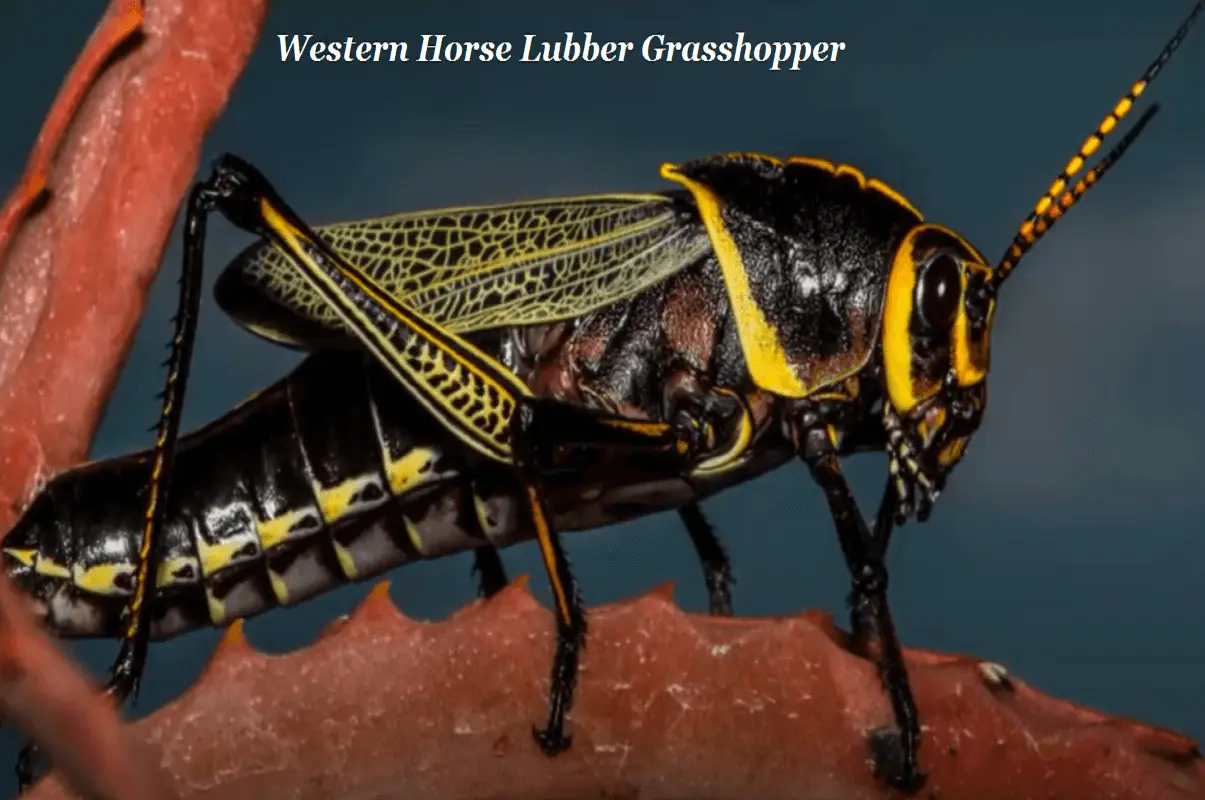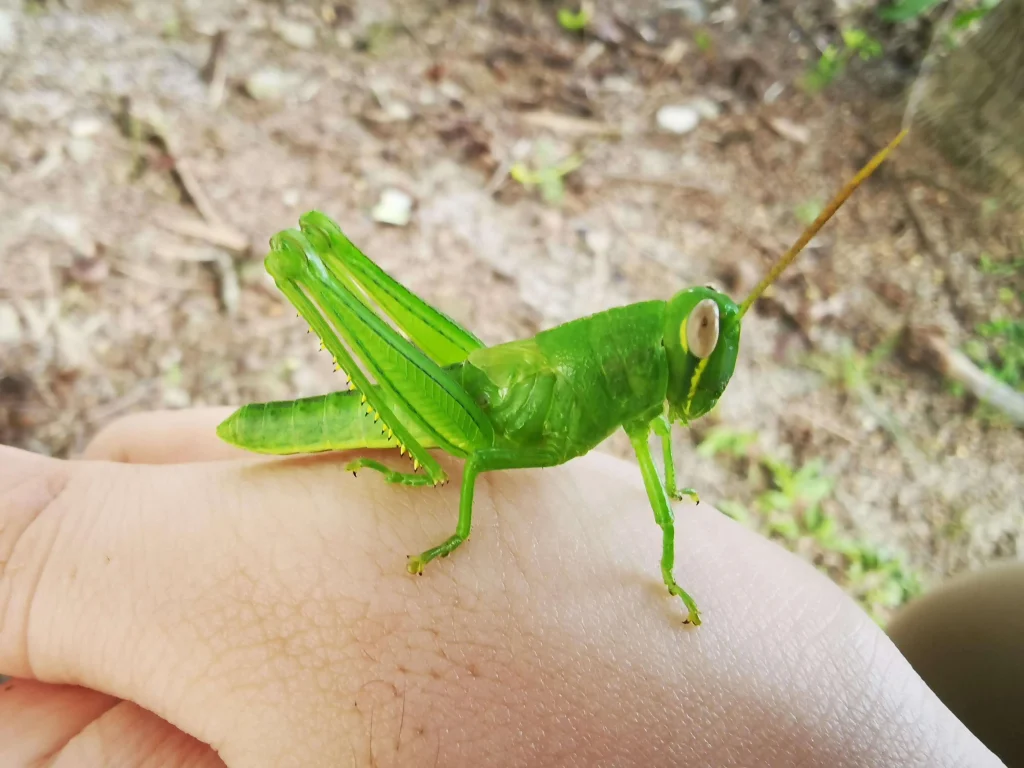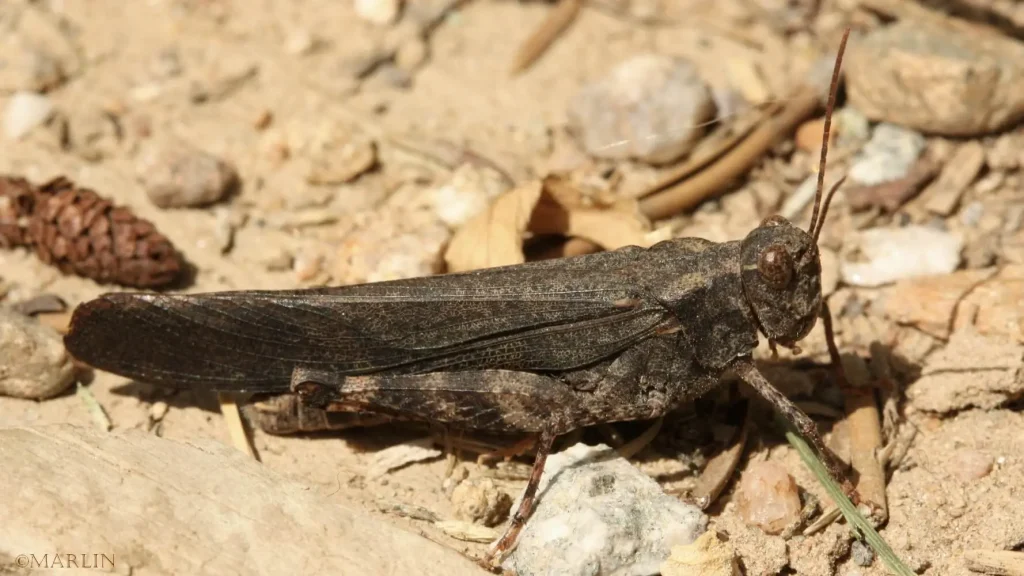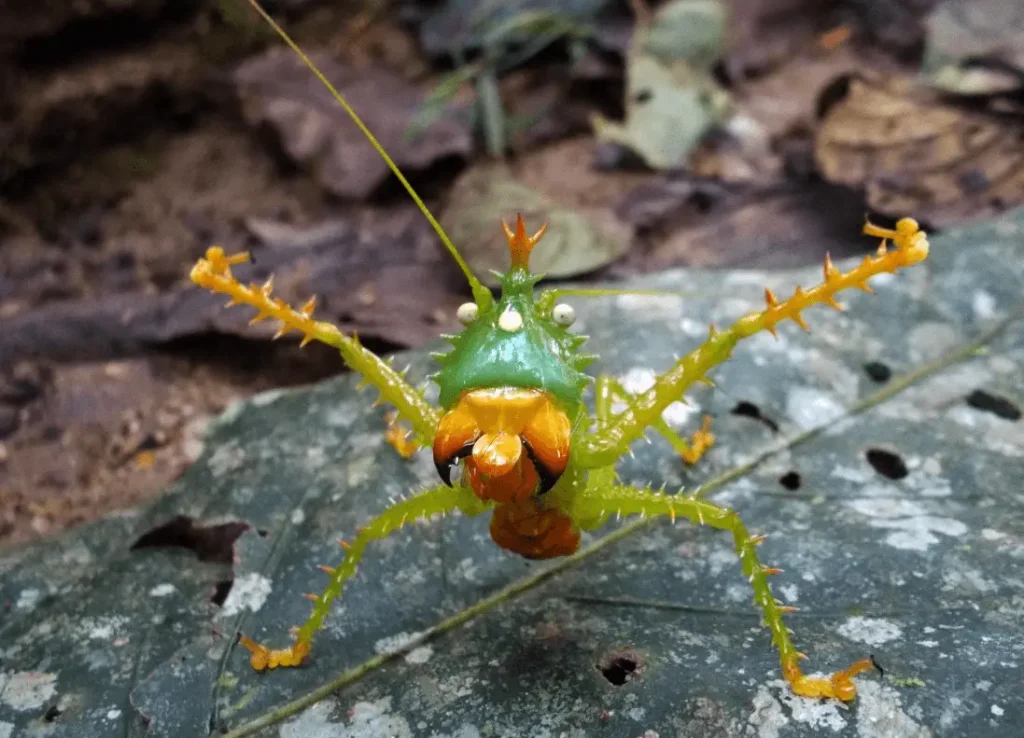Chagaras (Palm Grasshoppers) – Let’s Unveil This Creature!

Chagaras, also known as Palm Grasshoppers, are generally found in tropical regions like America, Asia, and Africa. There are approximately 2,000 well-known species of these creatures, having distinct shapes, sizes, and colors. Some species range from 1 to 5 inches in length while some rare species could be 8 inches in length.
Surprisingly, they’re not only known as unique creatures but also are known as delicious meals, having tastes like other edible insects. As far as their meal is concerned, they feed palm trees as it’s represented by their name. In addition, they play a vital role in the ecosystem of palm trees, because they eat them, promoting new leaves growth.
Tell us, do you aspire to know about these creatures? If so, you’ve landed at the perfect place, because we’re gonna unveil some amazing facts about these species in our guide. Hence, stay with us till the last sentence to know about these palm grasshoppers in detail.
What Are Chagaras? Overview
As we mentioned before, there are approximately 2,000 known species of these grasshoppers, so they’re different in sizes, shapes, and colors, and they’ve numerous abilities, making them unique from one another. They live in tropical regions, creating scenic and incredible views in forests because of their vibrant colors and kinds.
Apart from their physical appearance, they’ve hind legs that enable them to jump approximately a quarter mile. Moreover, instead of a natural marvel, they have a shrimp-like taste, making them delicious proteinaceous food for several communities.
Some Types of Palm Grasshoppers
Malayan Chagaras

This stunner, named for its vibrant emerald-green hue, is a sight to behold. Found in Southeast Asia, the Malayan palm grasshopper boasts impressive wingspans and powerful legs, making it a champion leaper. Its bright coloration likely serves as a warning to predators, showcasing its toxicity.
Clicking Grasshopper

This palm grasshopper isn’t shy about making its presence known. The aptly named clicking grasshopper uses its mouthparts to create a loud clicking sound, which serves as a communication tool, particularly during mating rituals. Imagine a vibrant rainforest orchestra filled with these rhythmic clicks!
Spiny-headed Katydid

Don’t let the spiky moniker fool you; this Chagras Puerto Rico is a beauty in its own right. Sporting striking black and yellow stripes, the spiny-headed katydid blends seamlessly with its rainforest home. Its prominent, spiny “helmet” is thought to protect its head from predators.
Life Cycle of Palm Grasshoppers
Here’s a brief life cycle:
- Chagaras lay their eggs on palm fronds, and the nymphs that hatch go through multiple molts as they grow.
- During these molts, they shed their exoskeleton and develop new, larger ones.
- Once they reach adulthood, they become powerful jumpers and fliers, capable of covering impressive distances of up to a quarter-mile in a single leap.
A Delicious Meal for Various Communities
For some, they aren’t just an ecological marvel, but a culinary delicacy. In certain communities across their range, these insects are harvested and prepared as a protein-rich source of food. Their reportedly shrimp-like flavor makes them a surprising and sustainable option in local diets.
Some Facts About Chagaras
Following are incredible facts about these species:
- Some have brightly colored wings that they flash during mating displays.
- They are known for their loud clicking sounds made by rubbing their mouthparts together.
- Certain species have camouflage adaptations that help them blend in with their palm tree surroundings.
Threats and Habitat Loss of These Creatures
Despite their abundance, chagaras face threats from habitat loss and deforestation. Their dependence on palm trees makes them particularly vulnerable to the destruction of their rainforest homes. Conservation efforts aimed at protecting palm habitats are crucial to ensuring the long-term survival of these fascinating creatures.
Beauty and Charming Abilities of Palm Grasshoppers
Beyond their captivating looks, they possess remarkable abilities. Their powerful hind legs propel them into impressive leaps, covering distances of up to a quarter-mile in a single bound. Some species exhibit fascinating courtship rituals, using their brightly colored wings or clicking sounds produced by rubbing their mouthparts to attract mates.
From the emerald flash of the Malayan palm grasshopper to the vibrant stripes of the spiny-headed katydid, these insects are living jewels adorning the rainforest canopy. Some species sport elaborate wing shapes, like the leaf-mimicking grasshopper, whose leafy wings offer the ultimate camouflage.
FAQs
Wrapping Up
In conclusion, we would like to recommend you gather knowledge about these spectacular creatures because they not only enhance the scenic view experience but also provide good proteinaceous food for various communities. We’ve compiled a deep research about Chagaras in this article, but if you’ve any related queries, feel free to send a message.






